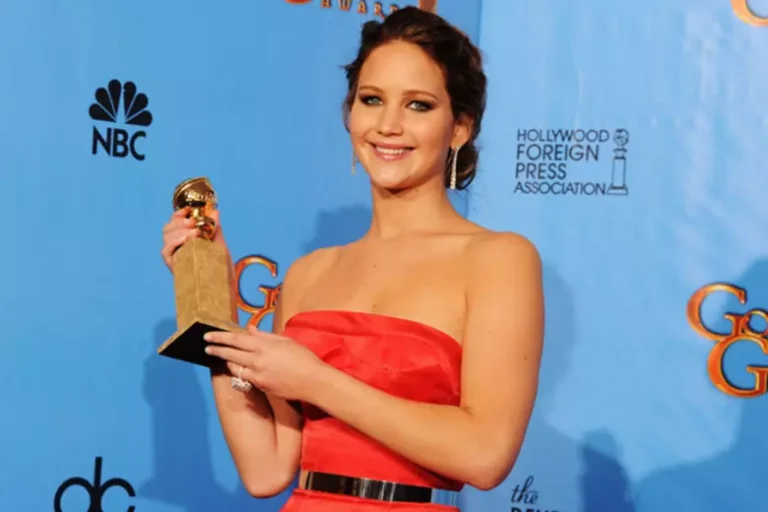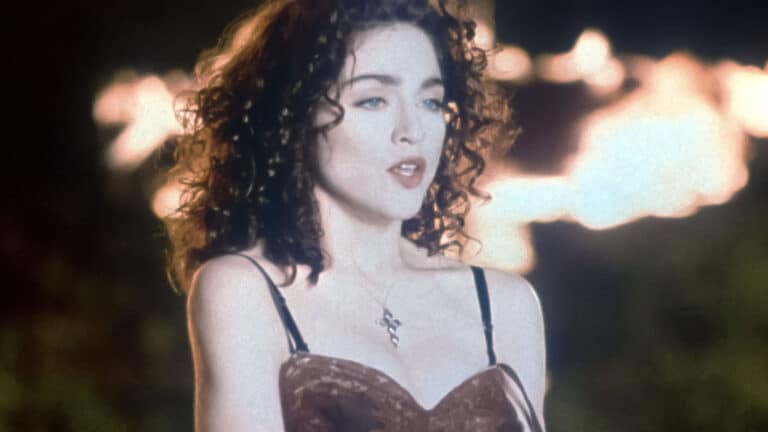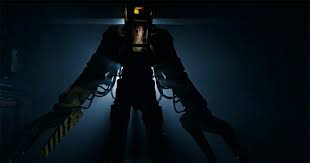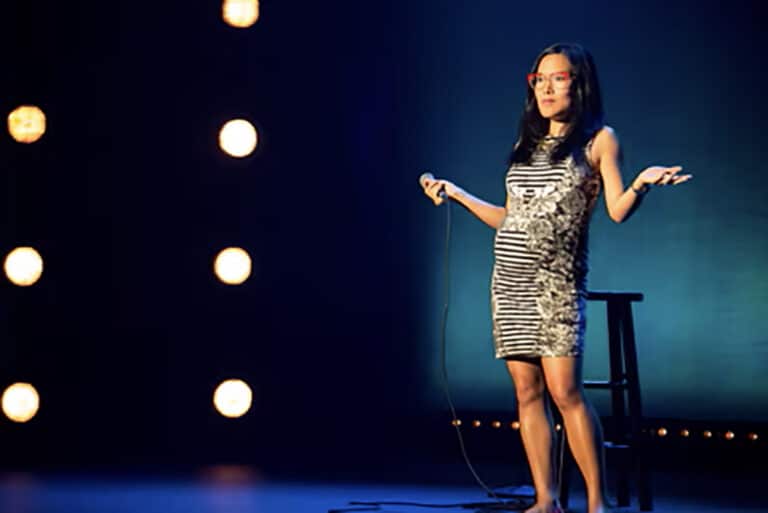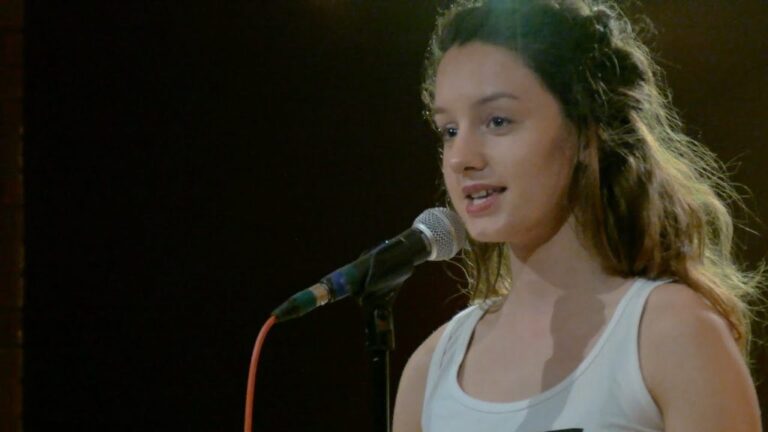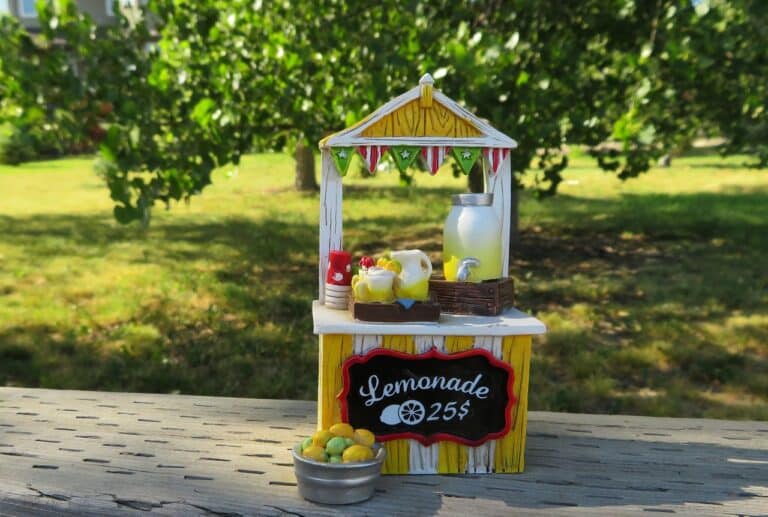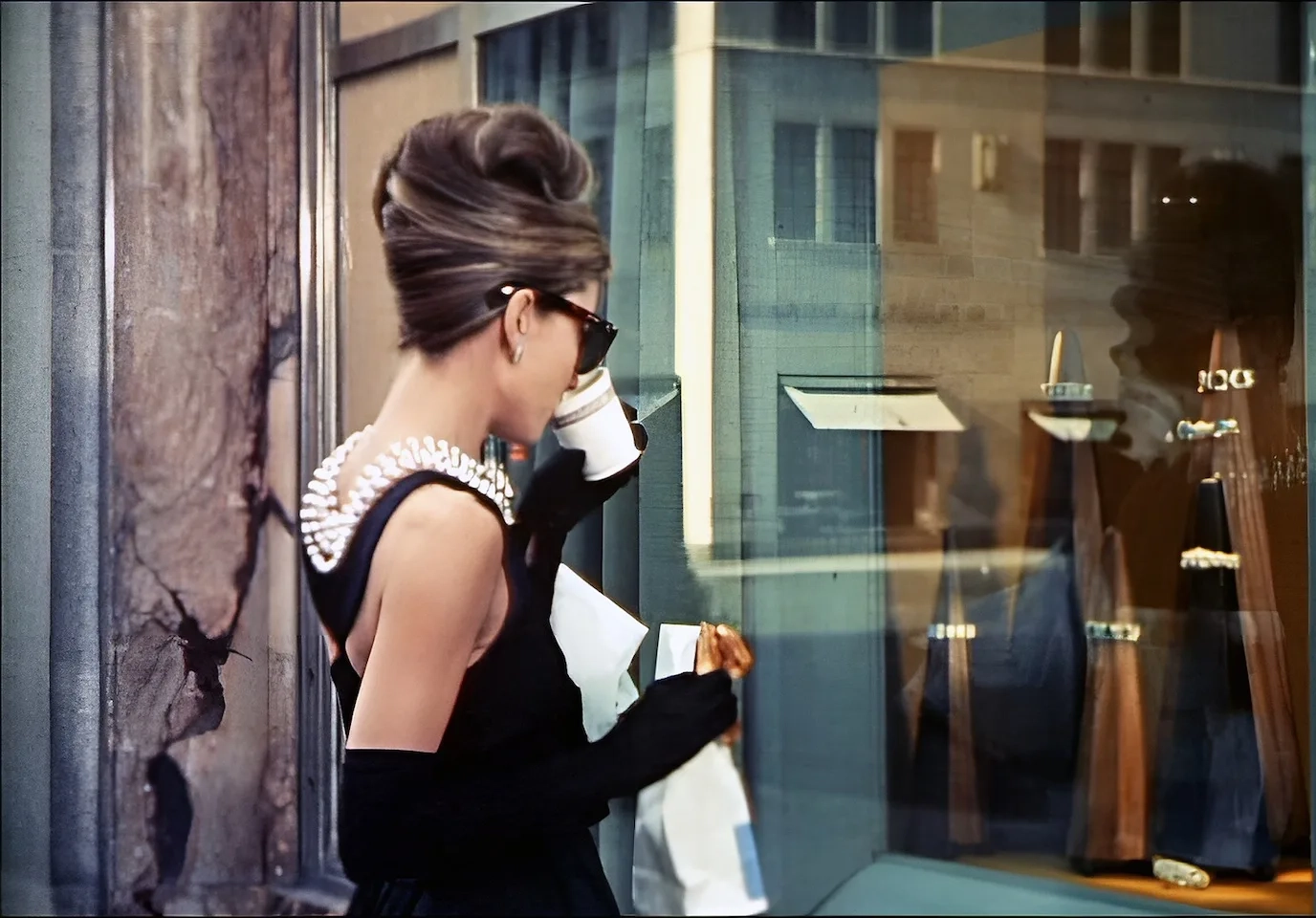
Introduction
Fashion in film has a powerful influence on style and culture. From Audrey Hepburn’s little black dress to Marilyn Monroe’s white halter gown, the outfits worn by characters on screen have transcended the cinema and become timeless symbols of fashion. These moments define not just the movies, but also entire eras. The clothes, accessories, and styles featured in films often reflect the social, political, and cultural moods of their time. They also shape public perception and become part of the collective memory.
In this article, we’ll explore 11 iconic fashion moments in film that have left an indelible mark on both the fashion industry and popular culture. These scenes not only highlight the creative vision of costume designers but also elevate the characters and stories they portray. Whether it’s a bold statement of power, a symbol of rebellion, or a reflection of glamour, these fashion moments continue to inspire designers and audiences alike. They remind us that fashion in film is more than just clothing—it’s a storytelling tool that adds depth and meaning to the cinematic experience.
1. Audrey Hepburn in Breakfast at Tiffany’s (1961)

Audrey Hepburn’s little black dress in Breakfast at Tiffany’s is one of the most iconic fashion moments in film history. Designed by Hubert de Givenchy, the dress is elegant, timeless, and perfectly captures the essence of Hepburn’s character, Holly Golightly. Paired with a pearl necklace, oversized sunglasses, and a chic updo, this look has become synonymous with sophistication. The image of Holly standing in front of Tiffany’s, sipping coffee, is a lasting symbol of classic style and has influenced countless fashion trends.
2. Marilyn Monroe in The Seven Year Itch (1955)
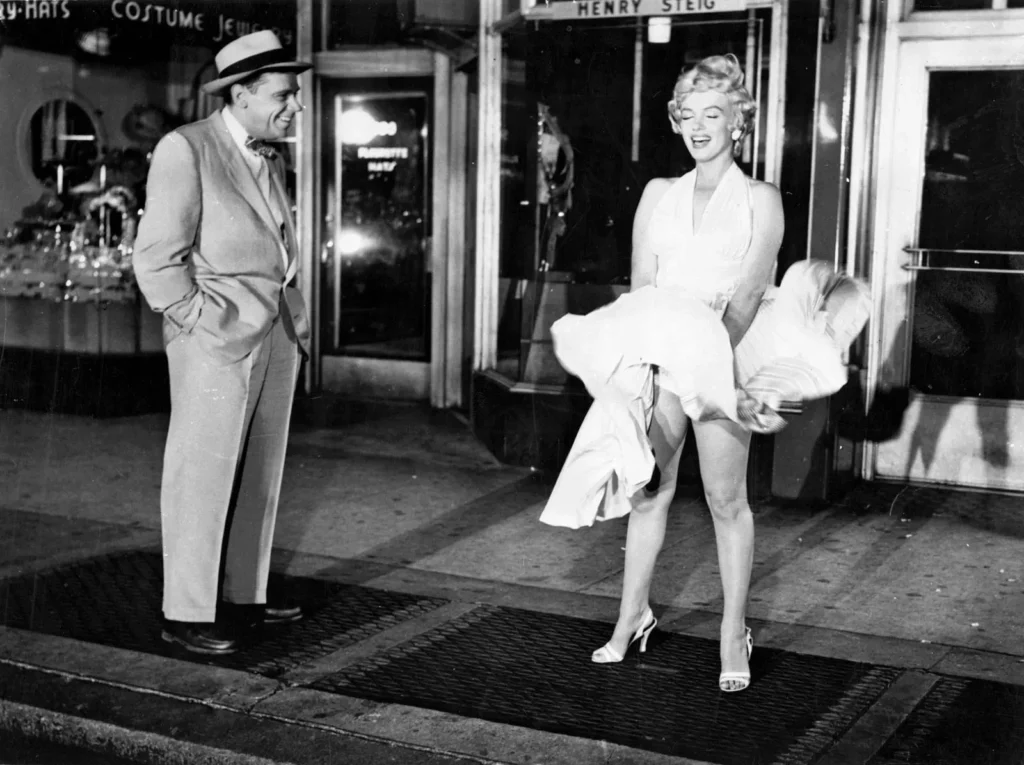
Marilyn Monroe’s white halter dress, designed by William Travilla, became legendary the moment she stepped over a subway grate in The Seven Year Itch. The dress billows up, capturing the essence of Monroe’s sensual yet playful persona. This scene is one of the most recognizable in cinema and solidified Monroe’s status as a fashion icon. The dress has since become a symbol of 1950s glamour and continues to be referenced in pop culture.
3. Diane Keaton in Annie Hall (1977)
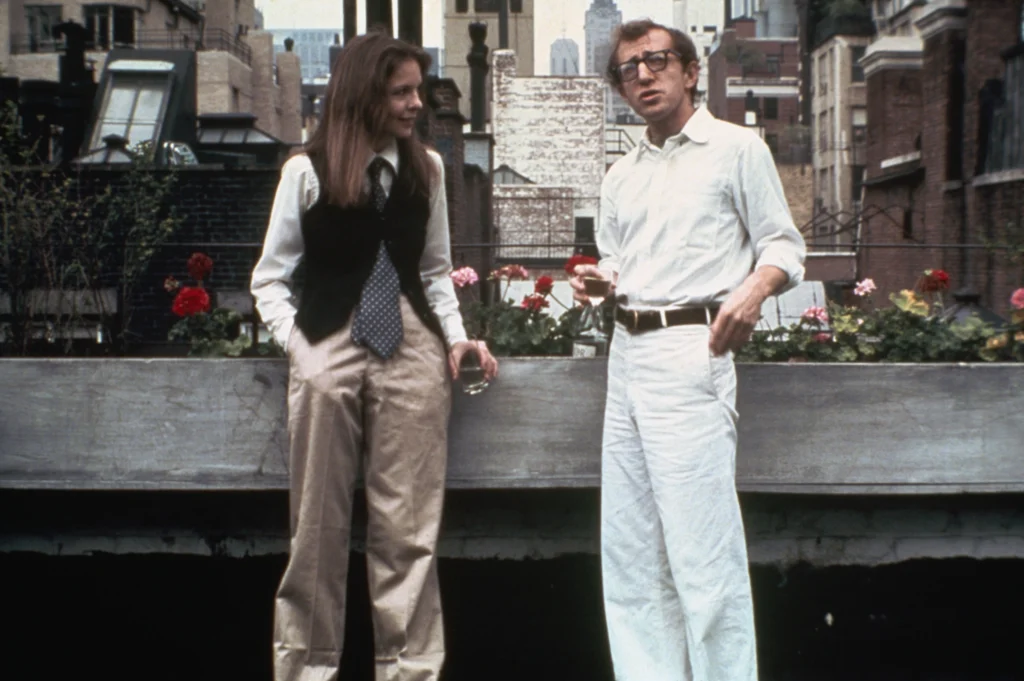
Diane Keaton’s menswear-inspired outfits in Annie Hall revolutionized women’s fashion. Her character’s style, characterized by oversized blazers, vests, and wide-legged trousers, was a stark contrast to the more feminine looks of the time. Costume designer Ruth Morley and Keaton herself played a significant role in creating this look, which became a defining fashion moment of the 1970s. The Annie Hall look has had a lasting influence on fashion, making androgyny chic and stylish.
4. Elizabeth Taylor in Cleopatra (1963)
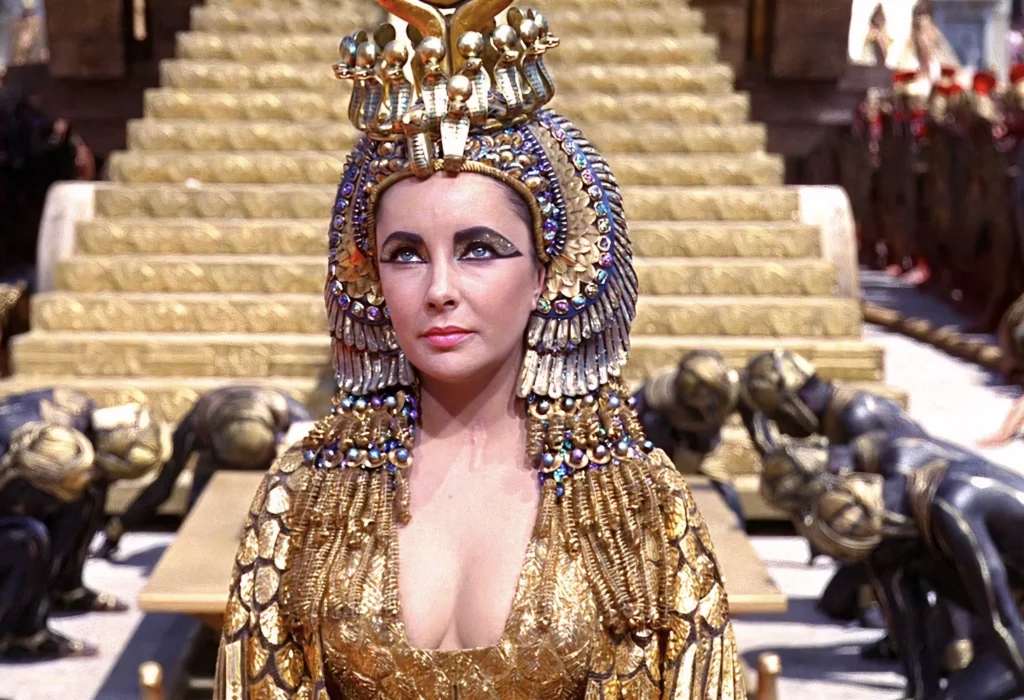
Elizabeth Taylor’s portrayal of Cleopatra brought ancient Egyptian fashion to the forefront of 1960s style. The film’s costumes, designed by Irene Sharaff, featured lavish gold, intricate beadwork, and bold, dramatic silhouettes. Taylor’s elaborate headdresses, flowing gowns, and striking makeup set a new standard for historical epics. The fashion in Cleopatra was as much a spectacle as the film itself, cementing Taylor’s status as a fashion icon and influencing trends in haute couture.
5. Grace Kelly in Rear Window (1954)
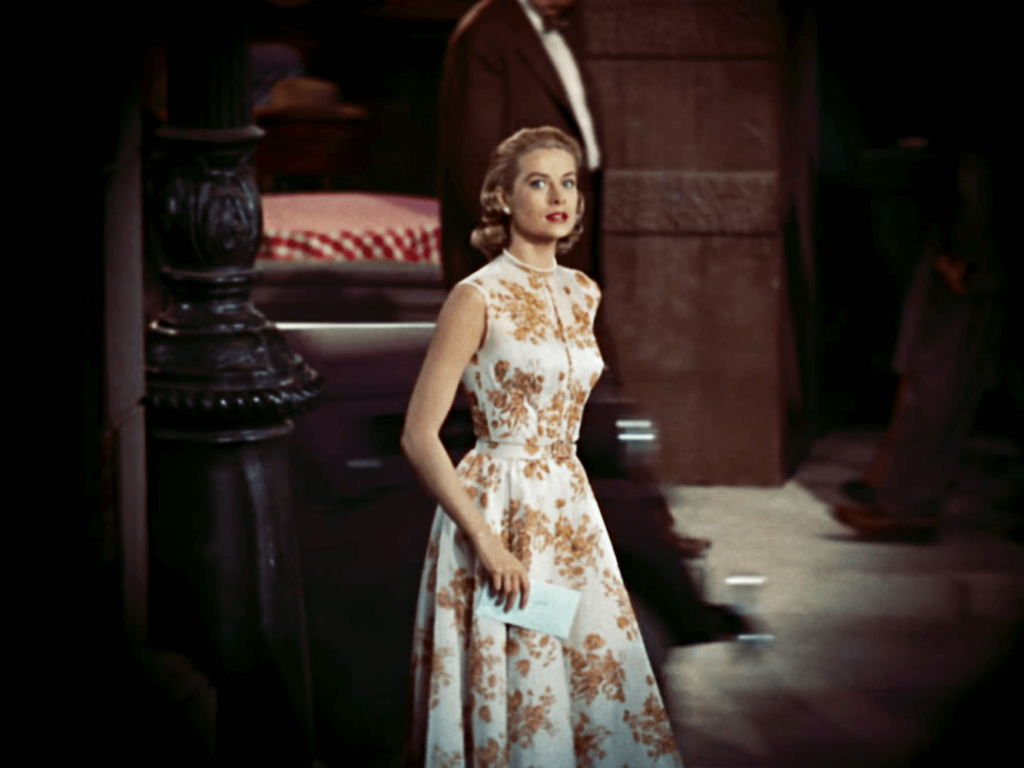
Grace Kelly’s wardrobe in Rear Window, designed by Edith Head, is a masterclass in understated elegance. Kelly’s character, Lisa Fremont, is a socialite with impeccable taste, and her outfits reflect her sophisticated lifestyle. From the white chiffon gown to the chic green suit, every look is perfectly tailored and accessorized. Kelly’s style in the film is a blend of classic Hollywood glamour and modern sophistication, making her one of the most enduring fashion icons in cinema.
6. Olivia Newton-John in Grease (1978)
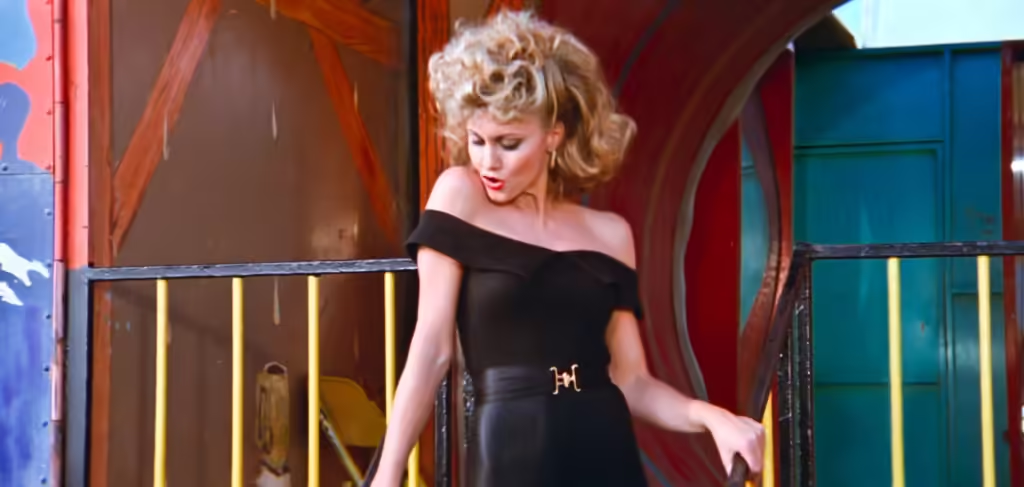
Olivia Newton-John’s transformation from the sweet, innocent Sandy to the bold, confident version of herself in Greaseis marked by her all-black outfit. The tight leather pants, off-the-shoulder top, and red heels were a departure from her previous, more conservative looks in the film. This iconic moment symbolizes Sandy’s embrace of her inner strength and independence. The outfit has since become synonymous with rebellion and empowerment, making it one of the most memorable fashion moments in film.
7. Julia Roberts in Pretty Woman (1990)
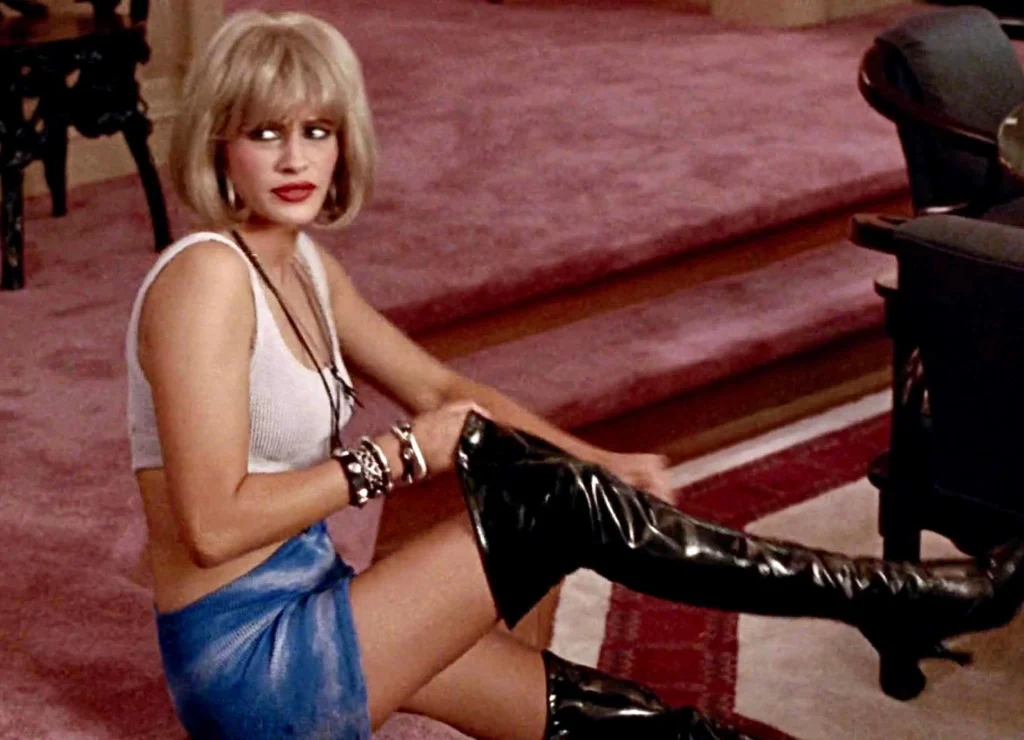
Julia Roberts’ red gown in Pretty Woman, designed by Marilyn Vance, is a quintessential Cinderella moment. The off-the-shoulder dress, paired with white gloves and a sparkling necklace, transforms Roberts’ character, Vivian, from a street-savvy woman to a sophisticated lady. This fashion moment is not just about the clothes; it’s about the transformation and empowerment that comes with it. The red gown remains one of the most iconic outfits in film history, symbolizing elegance and self-confidence.
8. Keanu Reeves in The Matrix (1999)
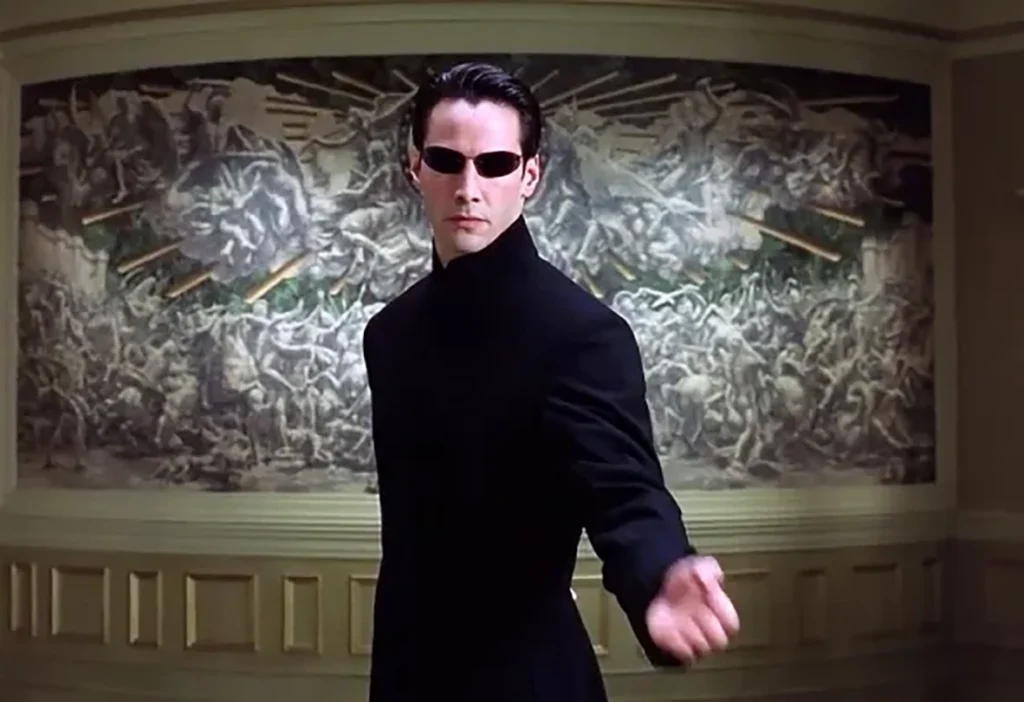
Keanu Reeves’ black trench coat and sunglasses in The Matrix are a defining fashion moment of the late 1990s. Designed by Kym Barrett, the outfit became synonymous with the film’s futuristic, dystopian world. The sleek, all-black ensemble, paired with combat boots, became a symbol of rebellion and resistance. The look has been widely imitated and referenced in pop culture, solidifying its place as an iconic fashion moment in film.
9. Sharon Stone in Basic Instinct (1992)
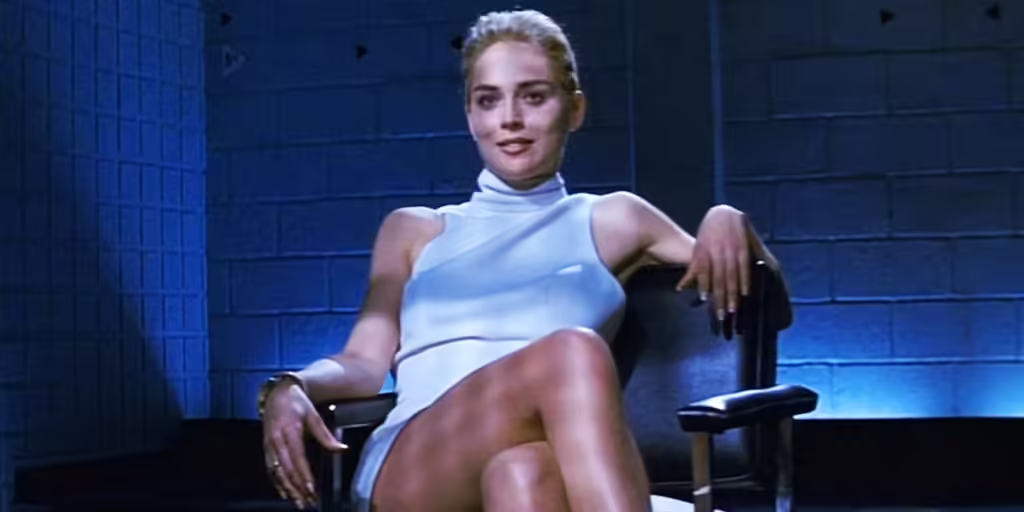
Sharon Stone’s white dress in Basic Instinct is one of the most provocative fashion moments in film. The high-necked, sleeveless dress, designed by Ellen Mirojnick, is deceptively simple but became unforgettable in the context of the film’s most famous scene. Stone’s character, Catherine Tramell, exudes confidence and control, and the white dress amplifies her enigmatic, dangerous allure. The outfit has become a symbol of power and seduction, making it one of the most iconic looks in cinema.
10. Vivien Leigh in Gone with the Wind (1939)
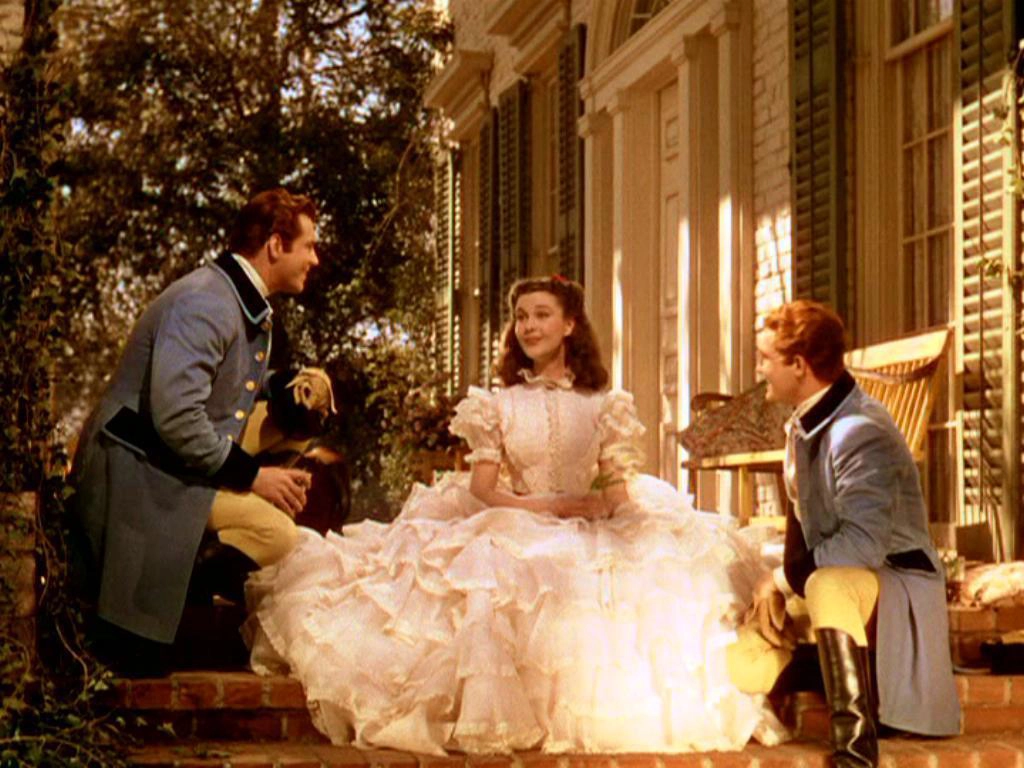
Vivien Leigh’s green curtain dress in Gone with the Wind is one of the most famous costumes in film history. Designed by Walter Plunkett, the dress is a symbol of Scarlett O’Hara’s resourcefulness and determination. The rich, emerald green color and luxurious fabric contrast with the hardships Scarlett faces, highlighting her resilience and refusal to be defeated. The curtain dress has become a symbol of survival and strength, making it an enduring fashion moment in cinema.
11. Uma Thurman in Pulp Fiction (1994)
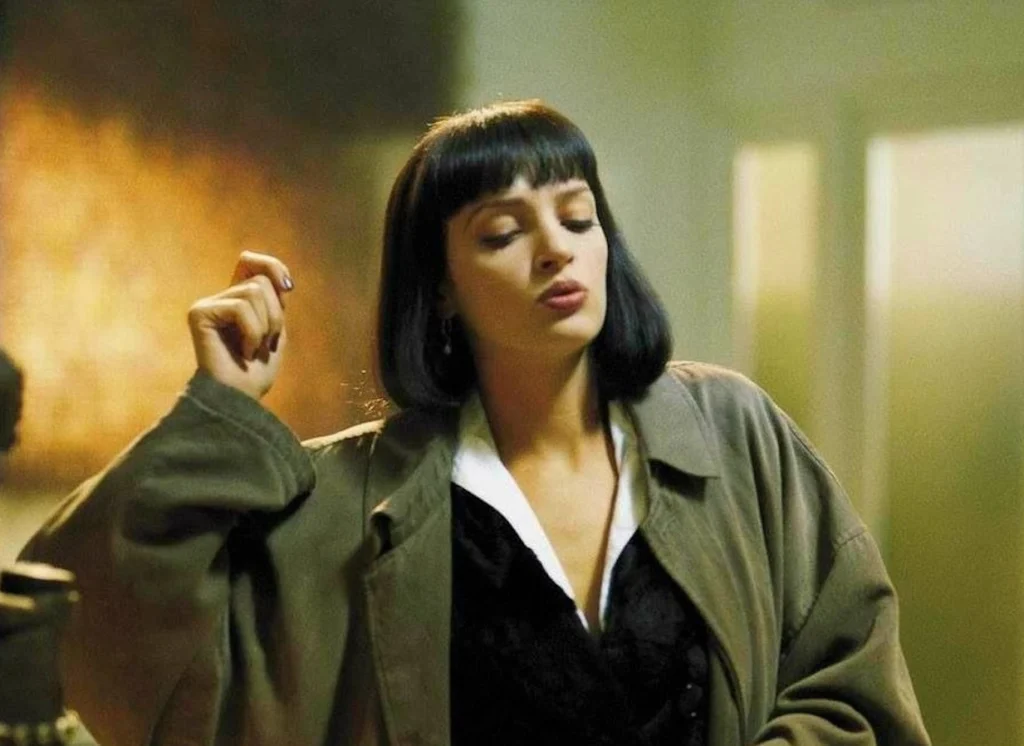
Uma Thurman’s black bob, white shirt, and black pants in Pulp Fiction have become an iconic look. Designed by Betsy Heimann, the outfit is simple yet striking, reflecting the cool, edgy vibe of Thurman’s character, Mia Wallace. The look has been widely imitated and remains a symbol of 1990s style. Thurman’s character, with her effortless cool and undeniable presence, made this fashion moment unforgettable and a lasting influence on both film and fashion.
Conclusion
Fashion in film is more than just clothing—it’s a powerful narrative tool that adds depth to characters and stories. These 11 iconic fashion moments have not only defined the films in which they appear but have also influenced the broader world of fashion and pop culture. From Audrey Hepburn’s little black dress to Uma Thurman’s sleek, minimalist look, these moments continue to inspire and resonate with audiences. They remind us of the lasting impact that costume design can have, not just on the way we view characters, but on the way we view ourselves and the world around us. These fashion moments transcend the screen, becoming part of our collective memory and influencing style for generations. In exploring these iconic scenes, we see how fashion in film shapes our cultural landscape and remains an enduring part of cinematic history.
Check out 11 Luxury Travel Experiences.

